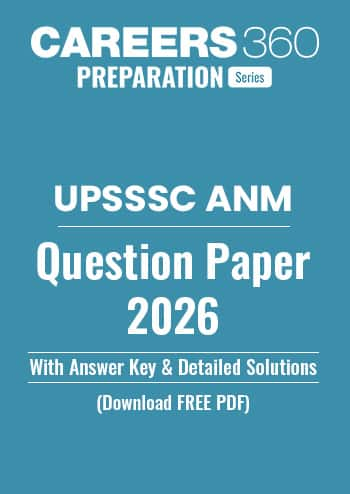- Engineering and Architecture
- Management and Business Administration
- Medicine and Allied Sciences
- Law
- Animation and Design
- Media, Mass Communication and Journalism
- Finance & Accounts
- Computer Application and IT
- Pharmacy
- Hospitality and Tourism
- Competition
- School
- Study Abroad
- Arts, Commerce & Sciences
- Learn
- Online Courses and Certifications
- Home
- Study Material
- Structure of Pollen Grain MCQ - Practice Questions with Answers
Quick Facts
-
Structure of Pollen Grain is considered one of the most asked concept.
-
28 Questions around this concept.
Solve by difficulty
Pollen tablets are available in tha market for:
Male gametophyte in angiosperms produces :
Pollen grains can be stored for several years in liquid nitrogen having a temperature of
The viability of pollen grains depends upon:
Pollen allergy caused by
Platyhelminthes are
What is the function of germ pores?
The hard outer layer of pollens, named exine, is made of
Concepts Covered - 1
Structure of Pollen Grain
- The pollen grains represent the male gametophytes.
- Pollen grains are generally spherical measuring about 25-50 micrometres in diameter.
- It has a prominent two-layered wall.
- The hard outer layer called the exine is made up of sporopollenin which is one of the most resistant organic materials known.
- It can withstand high temperatures and strong acids and alkali.
- No enzyme that degrades sporopollenin is so far known.
- Pollen grain exine has prominent apertures called germ pores where sporopollenin is absent.
- Pollen grains are well preserved as fossils because of the presence of sporopollenin.
- The inner wall of the pollen grain is called the intine.
- It is a thin and continuous layer made up of cellulose and pectin.
- In insect-pollinated pollen grains, the exine is spiny as well as covered by a yellowish, viscous sticky and oily layer called pollenkitt.
- Pollen grains of many species cause severe allergies and bronchial afflictions in some people often leading to chronic respiratory disorders– asthma, bronchitis, etc.
- Parthenium or carrot grass came into India as a contaminant with imported wheat has become ubiquitous in occurrence and causes pollen allergy.
- Pollen grains are rich in nutrients.
- It has become a fashion in recent years to use pollen tablets as food supplements.
- In western countries, a large number of pollen products in the form of tablets and syrups are available in the market.
- Pollen consumption has been claimed to increase the performance of athletes and racehorses.
- The period for which pollen grains remain viable is highly variable and to some extent depends on the prevailing temperature and humidity.
- In some cereals such as rice and wheat, pollen grains lose viability within 30 minutes of their release, and in some members of Rosaceae, Leguminosae and Solanaceae, they maintain viability for months.
- It is possible to store pollen grains of a large number of species for years in liquid nitrogen (
).
- Such stored pollen can be used as pollen banks, similar to seed banks, in crop breeding programmes.

Study other Related Concepts
Structure of Pollen Grain Current Topic
"Stay in the loop. Receive exam news, study resources, and expert advice!"

Books
Reference Books
Structure of Pollen Grain
Biology Textbook for Class XII
Page No. : 22
Line : 11
Clear your Basics with NCERT
E-books & Sample Papers
Get Answer to all your questions
Explore on Careers360
JEE Main
RPVT
Colleges By Branches
Colleges By Exam
Colleges By Branch
Colleges By Exams
Colleges By Ownership
Colleges By State
Colleges By Exams
Colleges By Degree
Colleges by State
Colleges by City
Colleges by State
Universities by Branches
By State
Colleges by City
Colleges by State
By State
BE/B.Tech
Diploma
MBA Specialization Colleges
Student Community: Where Questions Find Answers












